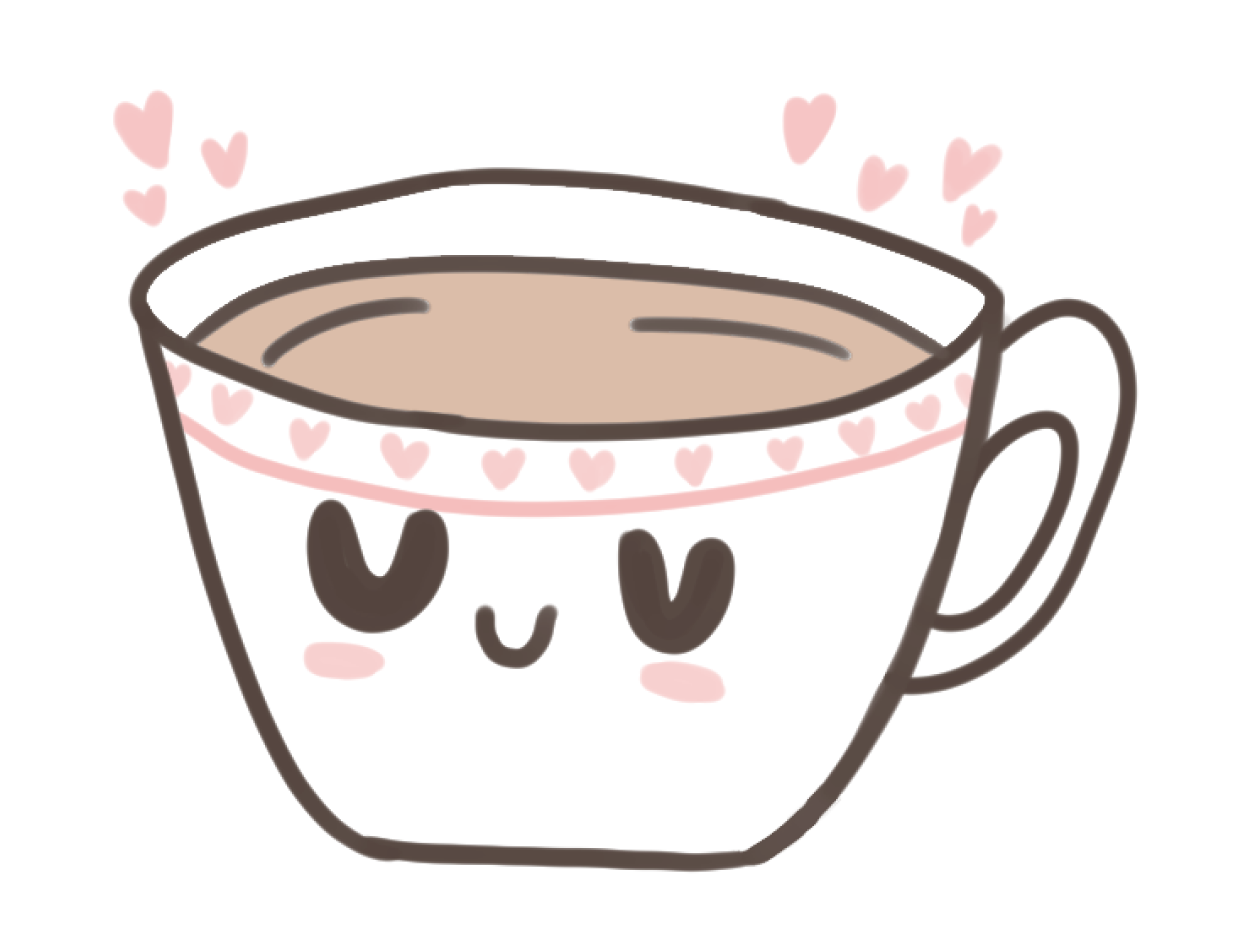Idea & Gameplay
The idea for Perfect Teatime was originally “Cards Against Humanity, but themed around tea and spices,” with “tea” alluding to gossip. However, we decided that our game should have more in-depth mechanics rather than being purely a social game. Voting should still be integral, but cards should affect gameplay beyond just opinion. Our quick agreement on the theme (brewing tea) and tone/goal of the game (being funny and having a good time) was a significant accomplishment, as it kept us all on the same page. Additionally, our team was well-organized, and we were able to do work synchronously and asynchronously at a good pace.
While we all agreed on the idea, transforming this into a competitive game with rules that were fun but still engaging was difficult. We found the core gameplay and win conditions somewhat difficult to figure out, and brainstormed this for about half a week. We eventually settled on the following: Random criteria would be drawn (ie: deadliest tea, most disgusting tea, etc). Then, players would brew teas. Finally, players would vote on which teas best met the criteria. In order to ensure that each round mattered, and players could interact directly, we decided that teas would apply buffs or debuffs to players during the brewing stage based on their ingredients.
Another major problem we faced was figuring out how to communicate which combinations lead to which buffs and debuffs. Our initial brainstorming session led to a pile of weird flavors, cups, and inedible “ingredients,” and we had to figure out how to categorize these both thematically and for gameplay, and how to communicate to players which combinations yielded which results without making the game too complicated. We settled on a fairly simple mathematically-based ingredient system to keep the game’s pacing quick and to allow players to focus on making fun teas.
Style / Theme
We aimed for our card design to be cute/playful to exemplify the more chill and intended playful nature of the game using lighter/calmer colors for the cards and making cute/aesthetic teacups matching their description.
Process
Schedule wise, we planned out and brainstormed ideas through the end of first week to create the ruleset, playtested at the end of second week, and are currently finalizing creating our cards and getting the game ready to be played by the class. After the game is played during class, we will see if there are any clarifications or edits needed to the rules, any cards that need to be redone or new cards that should be included, any balancing issues with the buffs/debuffs, and make a final draft of the cards themselves.
JJ contributed the theming and initial idea for a tea-based Cards Against Humanity style game involving mixing different ingredients, Tallon helped with the creation of the buff/debuff system and refining mechanics, Nicole created the combination system and win condition and wrote out the ruleset, Katelyn designed the cards, and Ashley created the art for the cards. Everyone helped in bouncing ideas off each other during brainstorming and creating the cards, buffs/debuffs, and win conditions- everyone created at least one of each that is in the final game. Additionally, everyone contributed to playtesting- everyone has played the game at least once, and thought of clarifications to the rules or problems that needed to be addressed. JJ and Tallon took the lead on writing and posting the process post.
Playtesting
We playtested our game using index cards with names for the cups/teas/ingredients written on them. During playtesting, we discovered the following:
- Our game was good for both parties and as an icebreaker activity, especially due to how explaining your tea as a story creates an avenue for interpersonal communication for others to jump into.
- The biggest drawback to our game was the mathematical nature of our buff/debuff system, and how much time/thinking it required to brew useful teas.
- What happens when there is a tie? We decided that in the event of a tie, the tied player with the highest points added from their tea wins.
- Our buffs/debuffs were misinterpretable, so made them more specific (i.e.: “taking a card” vs “randomly taking a card”).
- Buffs/debuffs made the last round more complicated, so we decided to nullify additional buffs/ debuffs in the last round. This also helped players be more free in their final round to hopefully make at least one relatively good tea untouched by others.
Final Words
Please enjoy our game and don’t spill actual tea over the cards.
